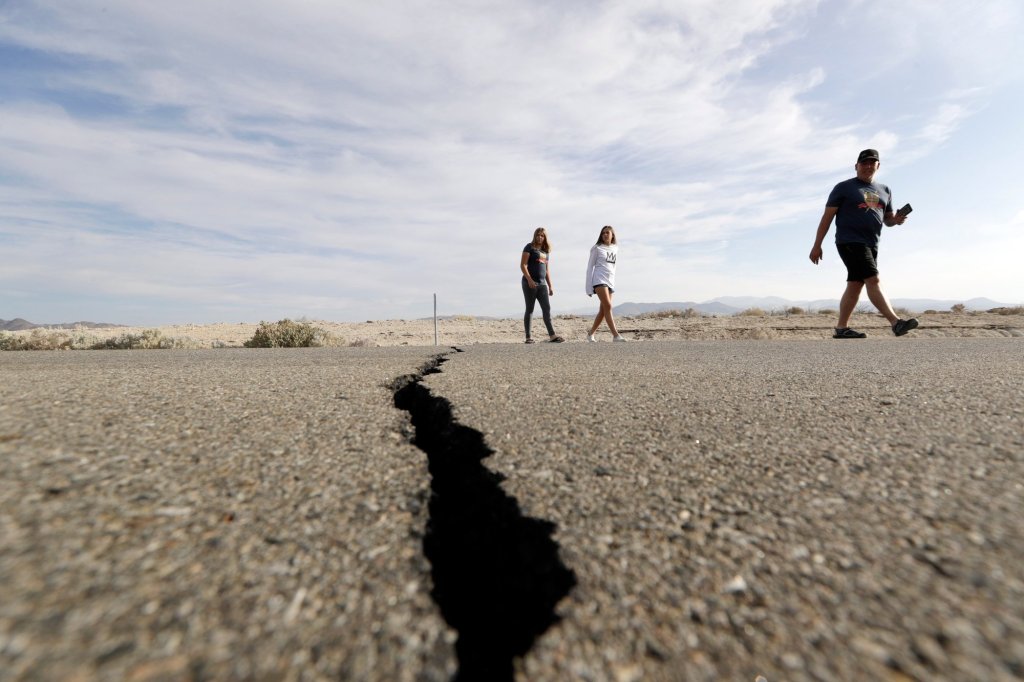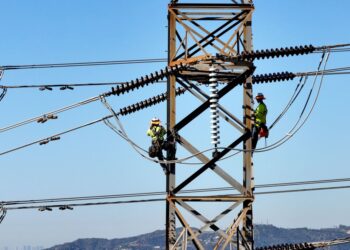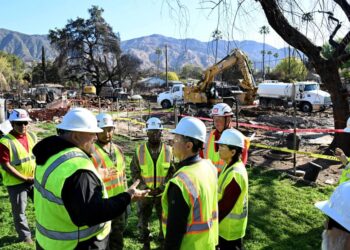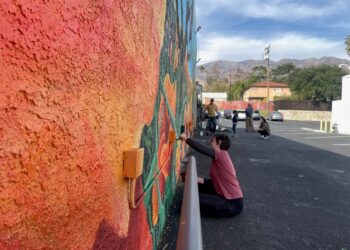Imagine repurposing underground fiber optic cables, typically used for delivering high-speed Internet to California residents, to detect and measure earthquakes.
That is the focus of a recent research by scientists at the California Institute of Technology led by Zhongwen Zhan, who presented his findings to students and community members during a lecture on Wednesday evening, April 24.
“California is the earthquake country, and we have a pretty good seismic network starting from more than 100 years ago now,” said Zhan, a professor of geophysics at Caltech. “We really want to have even denser instruments so we can capture all the small seismicity from one neighborhood to another.”
Zhan’s team employed distributed acoustic sensing to study a section of the fiber-optic cable. By using laser emitters to project beams of light through the cables, which contain tiny defects every few meters that reflect a portion of the light back to the source, scientists gathered insights into the motion of seismic waves.
Using fiber optic cables to monitor earthquakes could potentially be a faster and more affordable approach than using conventional seismic sensors, Zhan said. His team was able to convert two fiber optic cables into over 5,000 sensors, he added.
The success of this experiment, which focused on the magnitude-6 quake of Antelope Valley in 2021, has prompted Zhan’s team to expand their research from California to other areas, including Antarctica.
“The Earth is constantly making sound,” Zhan said. “By listening to the Earth carefully, you can really learn a lot about the Earth and all the different processes, and I think there’s a lot more to be done.”
In addition to Zhan’s lecture, the Wednesday event also gave attendees an opportunity to get hands-on experience with new seismology instruments and chat with members of Caltech’s seismological laboratory, as well as high school interns from Pasadena and Alhambra about their earthquake research.
Read the full article here







